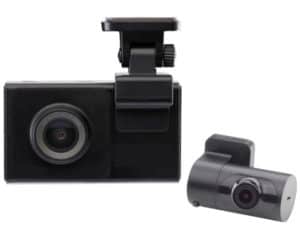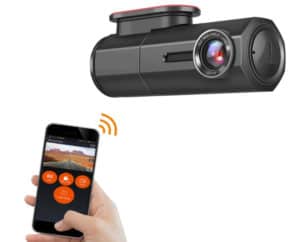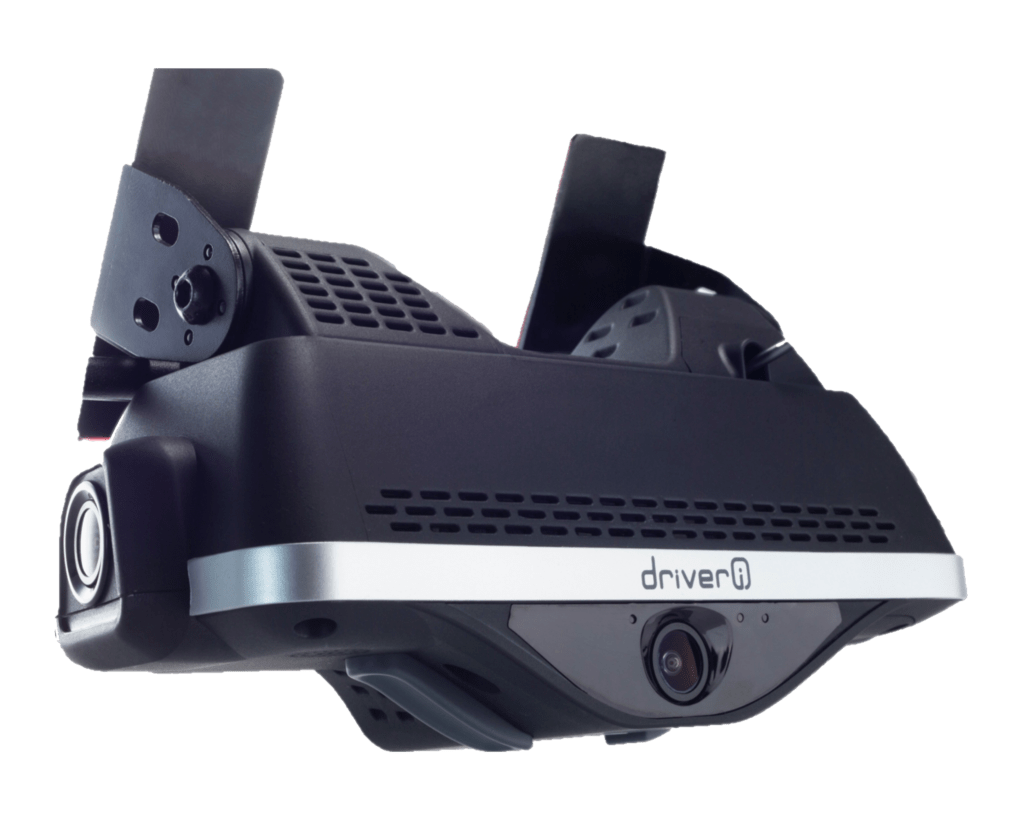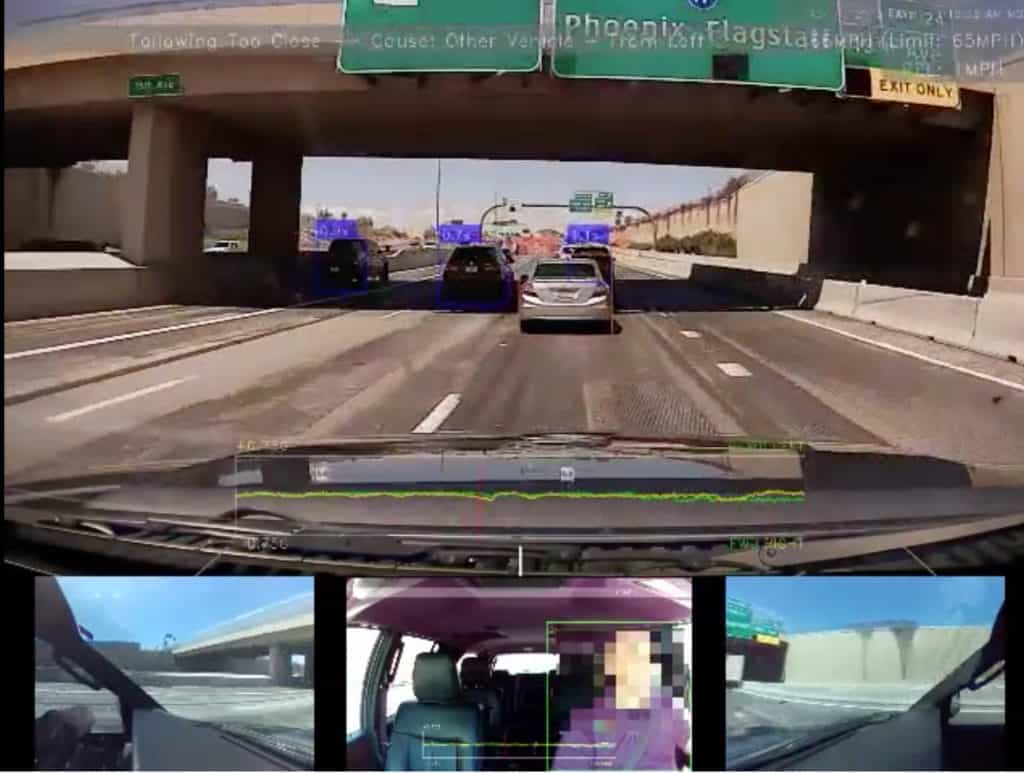The subject of dash cameras has been coming up more recently as the benefits of having one installed in your vehicle are becoming more substantial. As companies start the process of choosing a dash camera to install in their vehicles, they are finding that there are quite a few options to choose from. Sometimes choosing the wrong solution can cost your organization more in the long run while jumping over dollars to save pennies.
In this article, we will go over the major types of dash cameras in the market today, their advantages and disadvantages and how they transmit their video information. Before you determine which camera to choose, first decide what your goals are and what you are looking to achieve.
Some common reasons companies look at installing dash cameras are an inability to protect drivers, lack of insight into driver operation of their vehicles, unsafe operation of fleet vehicles and high insurance premiums and accident rates.
Here is a quick rundown of different camera solutions in the market today:
BASIC
Recommended Fleet Size: 1-3
Dash Cam 1.0 SD storage card – Camera works, it records and functions pretty well for what it does. Typically recommended for consumer cars or smaller operations and who want to have a recording option in the event of an accident.

Advantages |
Cheap |
Good recording quality |
Memory based on SD card limit |
No monthly service |
Easy To Install |
Disadvantages |
Must remove SD card to see video data |
Data can be lost in catastrophic accident |
Must comb through hours of footage to find one instance |
Not real time |
Can Run out of memory |
INTERMEDIATE
Recommended Fleet Size: 1-10
Wireless/Wifi Cameras – These cameras are similar to the SD cameras but have the capability of transmitting their videos to your phone or an app via wifi, some updated features are included in some models such as G force recording and night vision mode, but they do not transmit videos via cell network and must be manually downloaded.

Advantages |
Can retrieve video from your smart phone via Wifi |
Automatically powers on when vehicle on |
Easy to install |
Can sort through clips on cloud |
Basic recording modes (G force event) |
Disadvantages |
Not Real Time |
Must use phone locally to retrieve |
If data was not retrieved, can be lost in crash |
Clips organized mainly by date/time |
Hard to Manage across a large fleet |
ADVANCED
Recommended Fleet Size: 5-1000+
Advanced Camera Safety Solutions – This tier of camera solution is typically designed for fleets of vehicles or for those who are looking for the top of the line camera and data to improve driving habits for lower insurance premiums. These units are usually GPS enabled, and can transmit their data via the cellular network. Some solutions can analyze a 360° in cab view and decipher every moment on the road using an advanced AI to deliver clips of the meaningful events, both positive and negative, that your organization needs. Other features include safety alerting for drivers in-cab if they are dozing off. Some have comprehensive dashboards that allow you to easily view alerts, benchmark driver behavior scores, and log coaching sessions, which in turn improves the safety of your fleet by allowing you to stay in accident prevention mode, instead of accident reaction mode.


Advantages |
Real Time |
4G connectivity with unlimited cloud storage |
Event notifications are automatically categorized and sent to the cloud |
Coach drivers with evidence |
360° view of the cab via 4HD cameras |
Driver Score card |
Automatically sends events to the cloud |
Ideal for larger fleets with driver programs |
Disadvantages |
Expensive |
Monthly Service |
May be more than you need |
Every solution has its advantages and disadvantages but knowing some of them can help point you in the right direction. Call us today and schedule a fleet consultation to discuss your business goals and determine which solution is the best fit for your organization.
